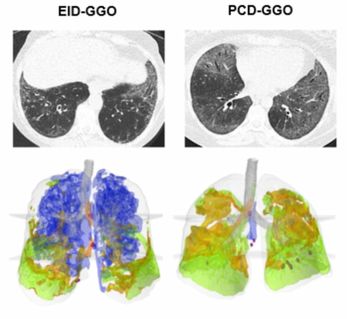
Patients with Diabetes Not at Highest Risk for Contrast-Induced Nephrotoxicity
New study challenges common belief and finds patients with a history of renal disease, hypertension or heart disease were more likely to suffer renal insufficiency.
Patients with diabetes are not the highest risk group for developing contrast-induced nephrotoxicity as commonly believed, say researchers from Northwestern Memorial Hospital-Northwestern University in Chicago.
Instead, patients with a history of renal disease, hypertension or heart disease were more likely to suffer renal insufficiency, putting them at greater risk, according to their study, designed to find which group of patients at highest risk for contrast-induced nephrotoxicity. The results were presented at the American Roentgen Ray Society Annual Meeting this week in Vancouver, Canada.
Researchers evaluated 2,404 patients who underwent an estimated glomerular filtration rate (eGFR) test immediately before undergoing a CT examination. This allowed the researchers to see if the traditional risk factors accurately predicted reduced renal function.
“Patients with history of renal disease, hypertension, and heart disease had significantly higher odds of having abnormal eGFR,” said Vahid Yaghmai, MD, one of the study’s authors. This was not found in patients with a history of diabetes.
Yaghmai suggested eGFR be performed on the patients who indicate, via survey, that they are at high risk of such nephrotoxicity. “Measuring eGFR right before the CT scan can help us more accurately determine at-risk patients,” he said.
Newsletter
Stay at the forefront of radiology with the Diagnostic Imaging newsletter, delivering the latest news, clinical insights, and imaging advancements for today’s radiologists.




























